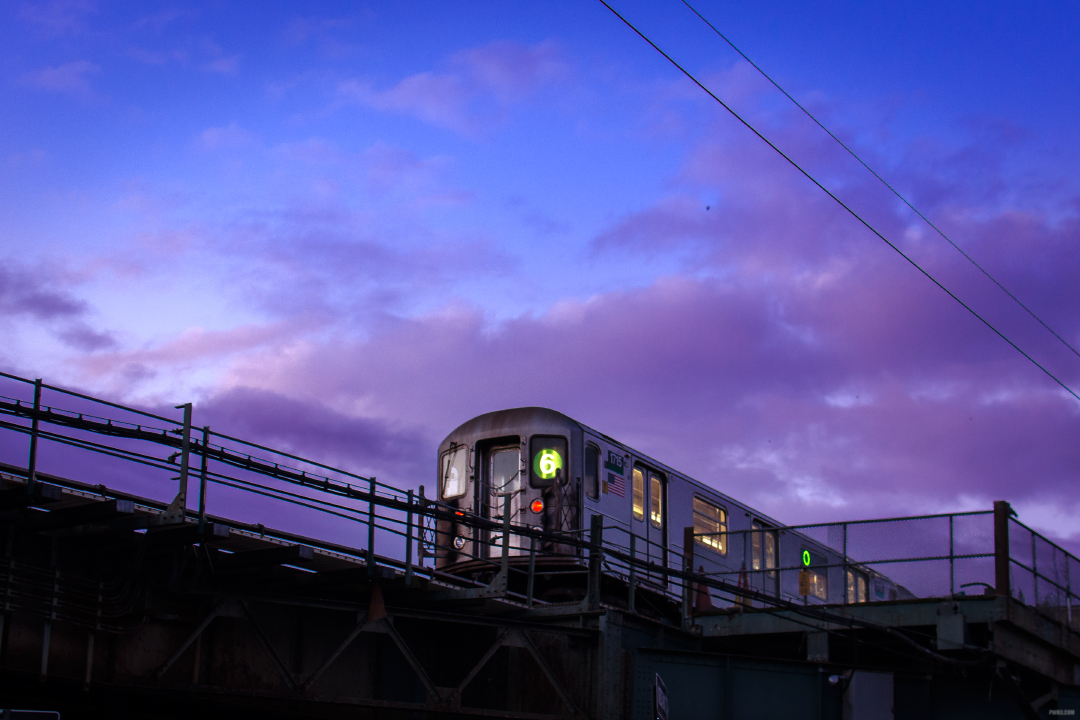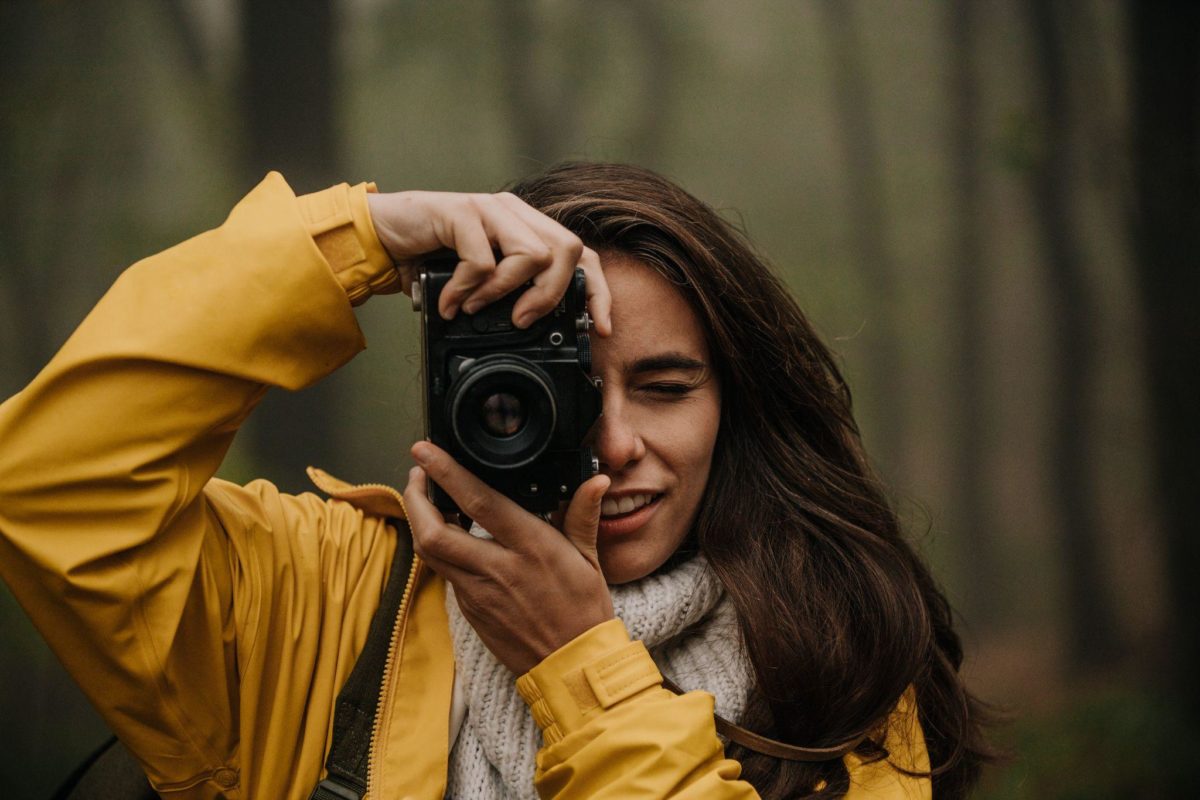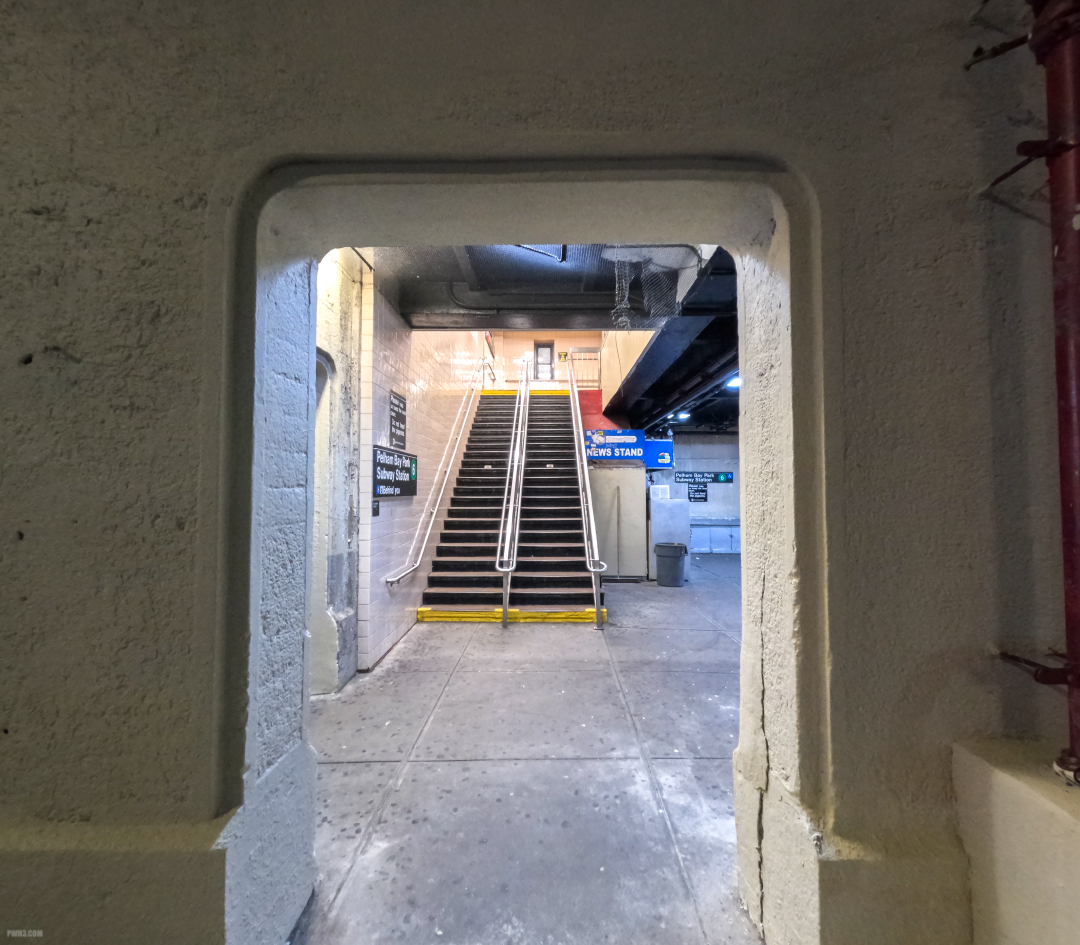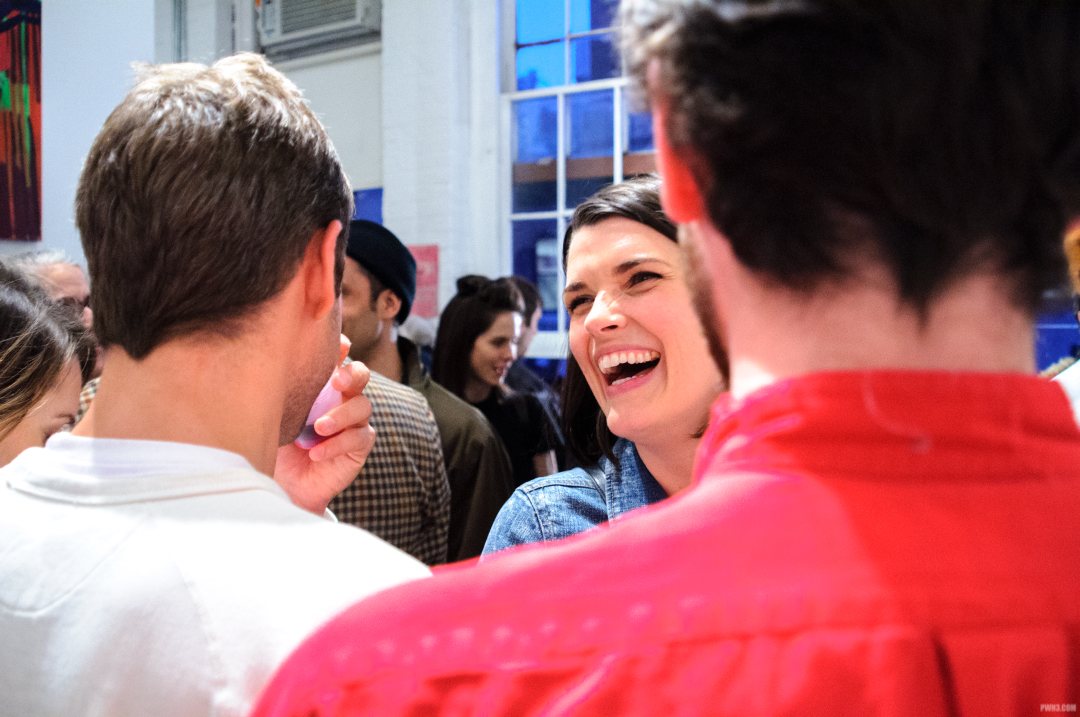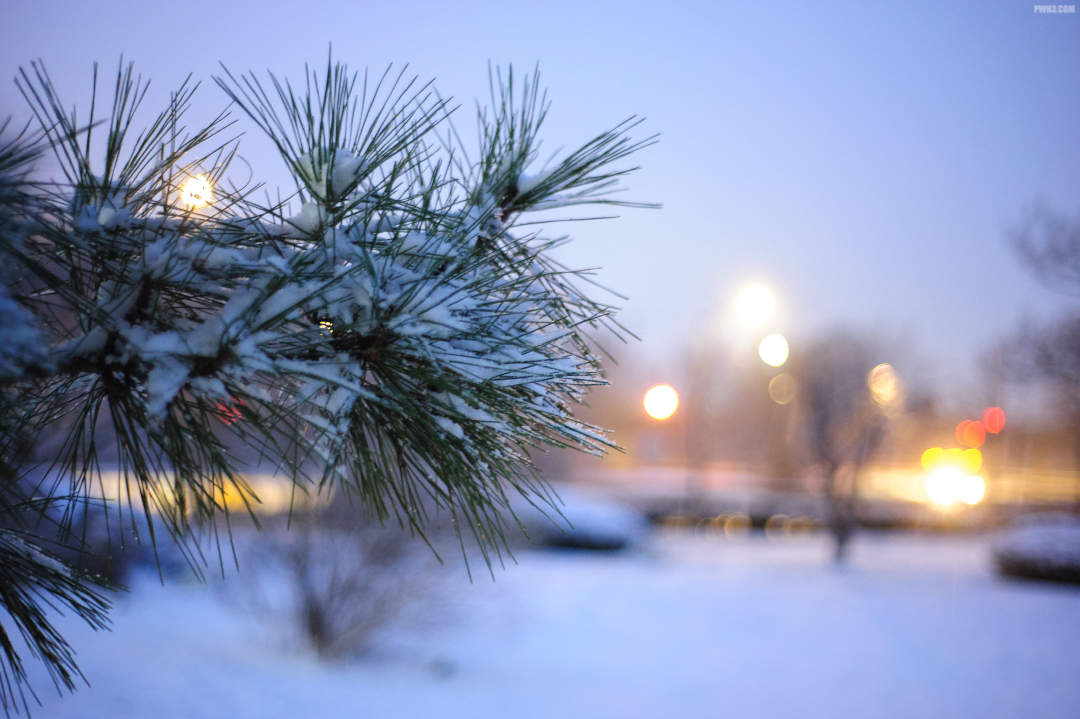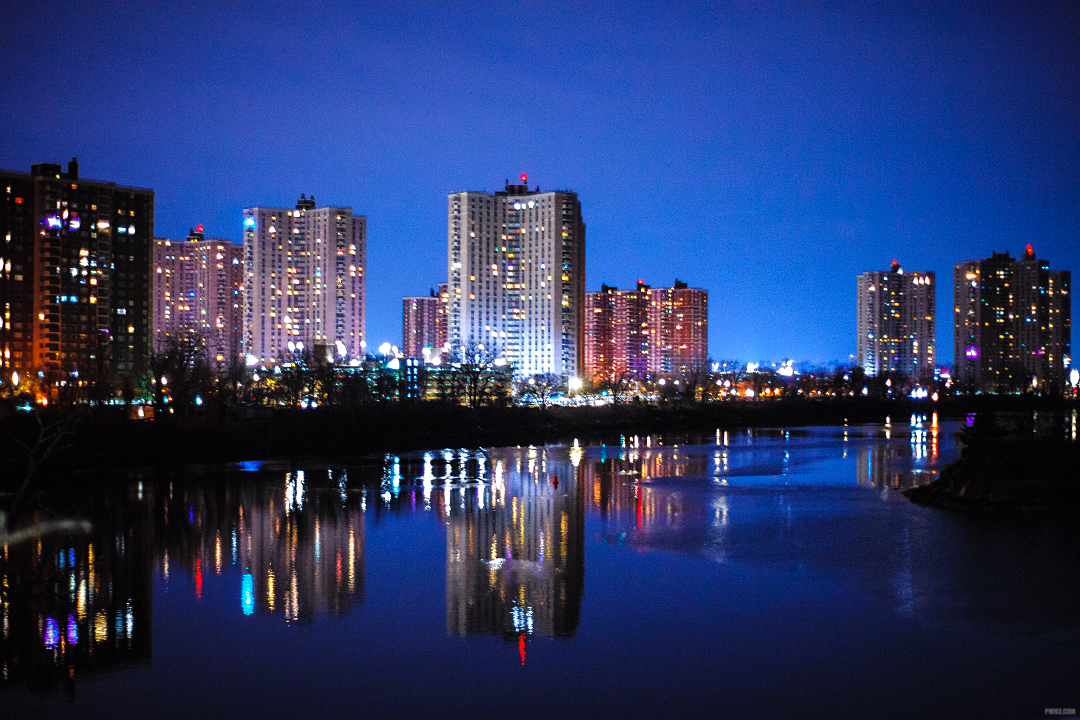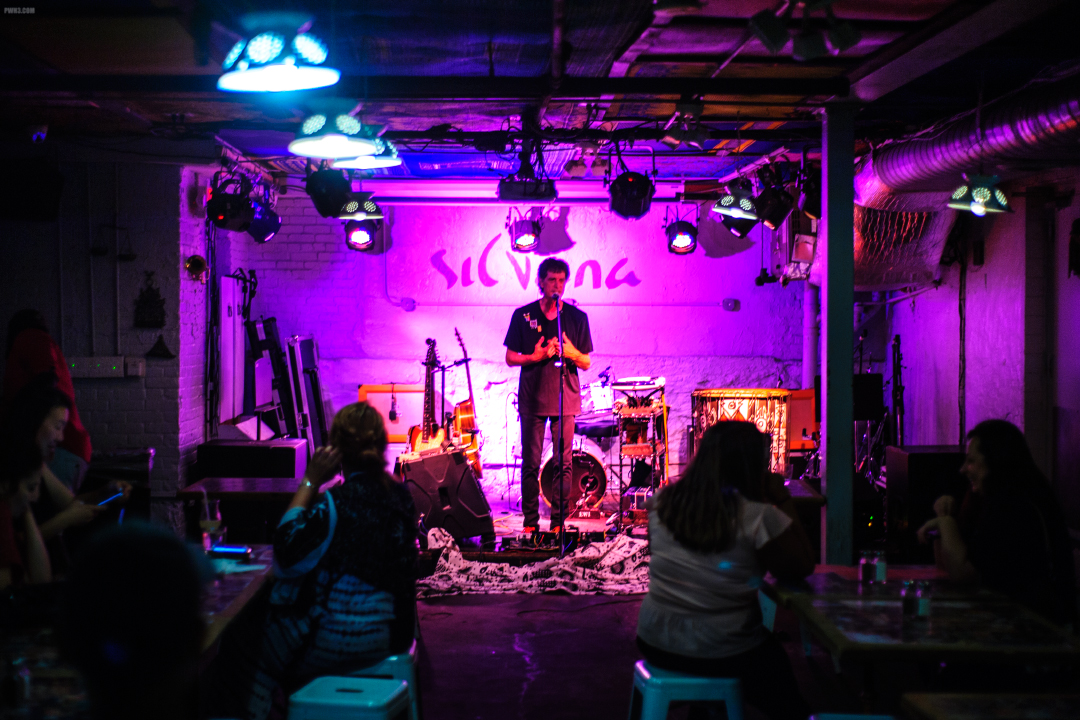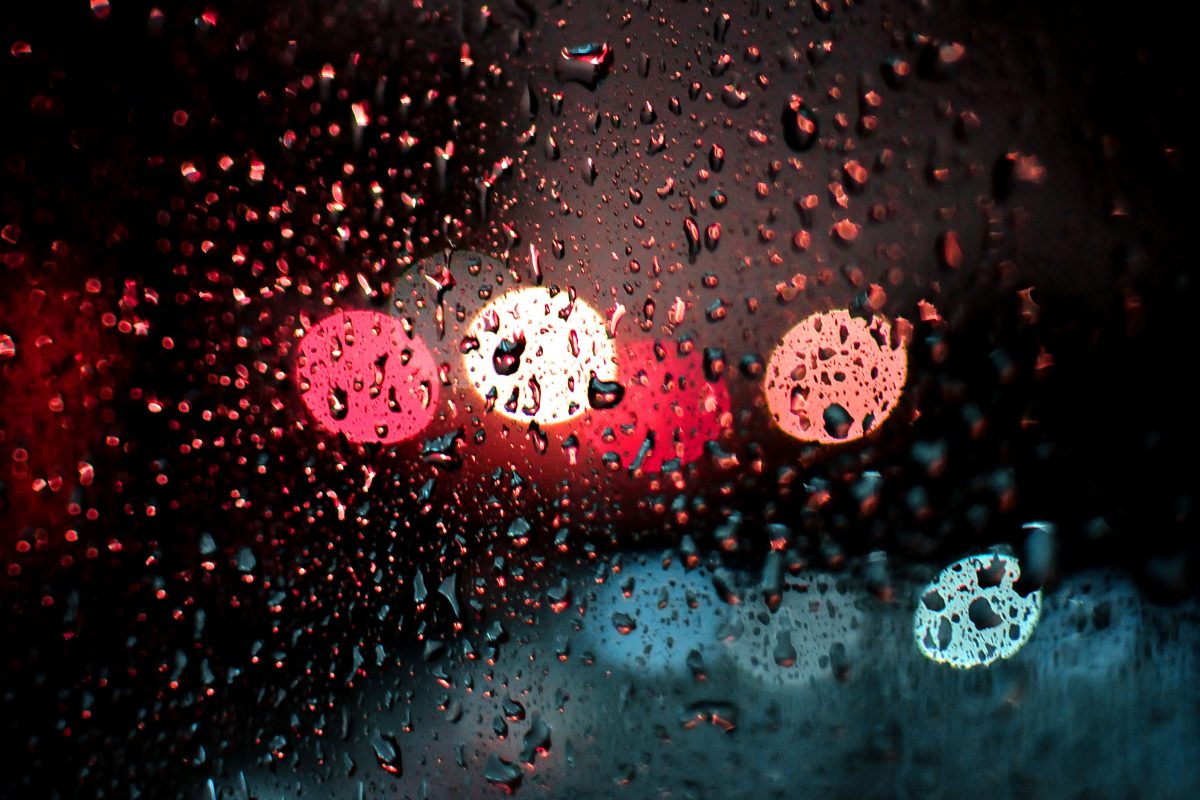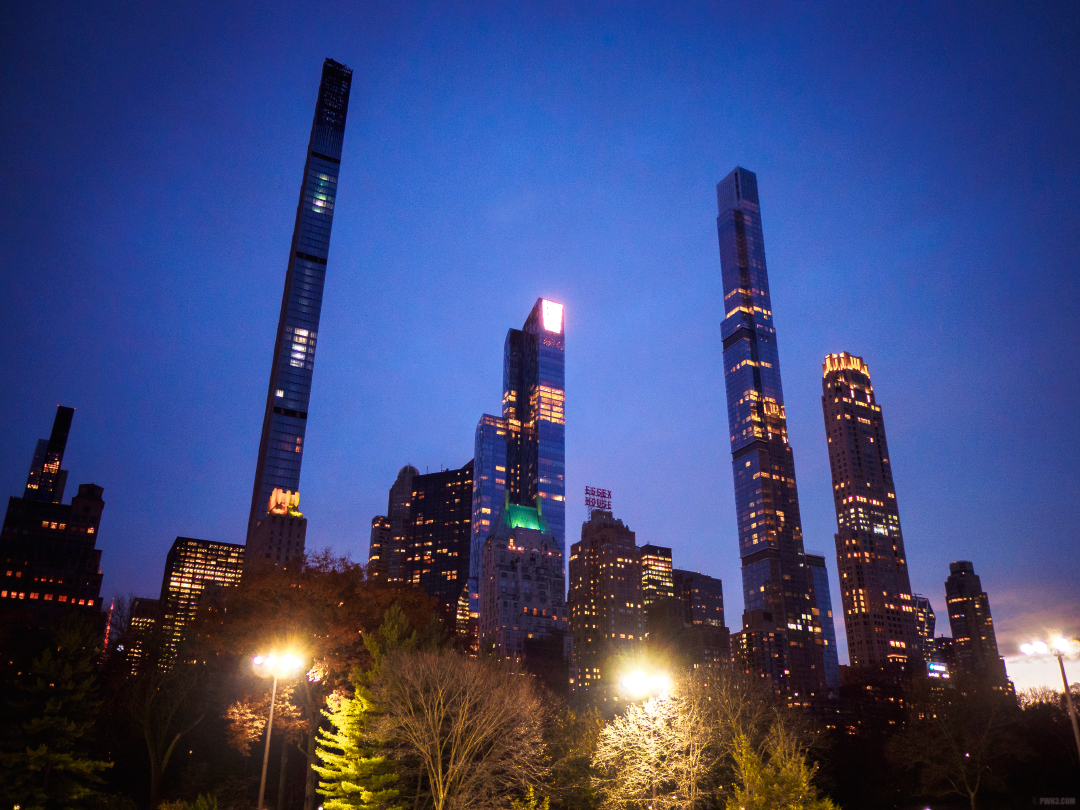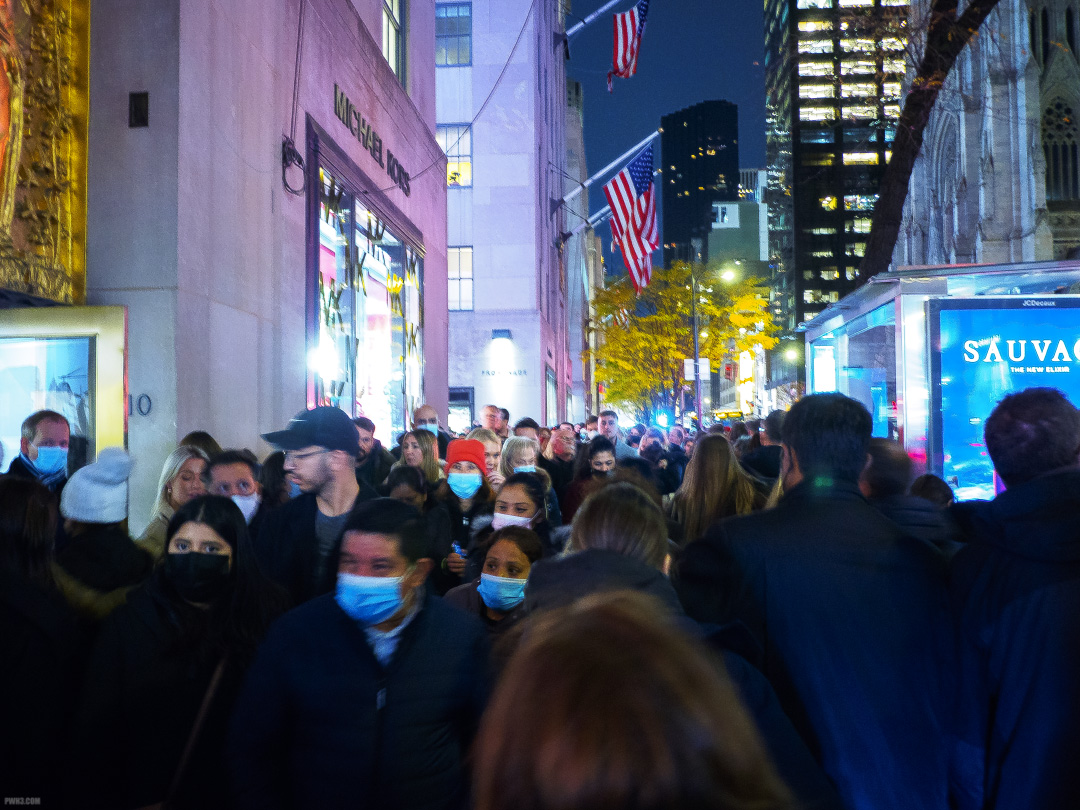The Nikon D5100 was released in the year 2011 and I have had it for years. It’s lasted far longer than all of my relationships — and has provided a lot more fun.
Continue reading “My Favorite Camera is Nearly 13 Years Old”Elevate Your Photography with Adobe Express
For photographers of all levels, it can be challenging to find editing tools that are both budget-friendly and easy to use. Whether you want to take your real estate photography to new levels or create a beautiful portfolio of fashion shots, Adobe Express can help.
Continue reading “Elevate Your Photography with Adobe Express”How To Automatically Open JPG Files in Adobe Photoshop Camera RAW
Admit it – the Camera RAW interface is much more pleasant for editing photos than using a bunch of layers in Photoshop. This is why Lightroom is so popular among socially well-adjusted photographers (that is to say, event photographers). But sometimes you just need Photoshop, and sometimes you shot everything as JPG for whatever reason. In this instance, you’re better off using Adobe Camera RAW for editing your images.
How to do Event Photography
Event photography isn’t easy. Successfully photographing an event will usually involve hours of work. You’ll be standing on your feet for a long time, and carrying heavy camera gear, all while surrounded by a sea of people. You’ll have to compose shots quickly, and if a special or unique moment happens, you will never get a second chance to capture it, so you must be alert at all times.
But event photography can be a lot of fun, and a challenge to your skills and creativity. It’s also extremely rewarding when your photos become beloved and cherished mementos of the client and their guests that they share with everyone.
Here are my personal tips and observations from photographing events for many years. In this article we will be focusing on indoor events.
Continue reading “How to do Event Photography”Use Spot Metering for Challenging Scenes
Inside every camera is a light meter that determines the correct exposure for any given scene. Your camera’s meter evaluates what it sees and comes up with the proper exposure based on the light levels of the entire scene. This is usually referred to as matrix metering or pattern metering, and it’s how your camera is setup by default.
Continue reading “Use Spot Metering for Challenging Scenes”The One Thing to Remember For New York City Night Photography
Shooting at night in the city isn’t easy, which is why many photographers don’t bother with night photos. You need to be precise with your technique, and having specialized gear such as fast, wide-aperture prime lenses and a camera with a good sensor is a big help. But no matter what gear you’re using, there’s one very important tip for taking good night photos.
Continue reading “The One Thing to Remember For New York City Night Photography”Reasons to Upgrade to a Full-Frame Camera
Full-frame cameras are digital cameras that have sensors that are equivalent in size to the surface area of a single frame of 35mm film. When digital cameras first arrived on the market, the sensors were small when compared to a frame of 135 (35mm) film. Eventually, camera manufacturers were able to market cameras that had larger sensors that matched the size of 35mm film, and thus the term “full-frame” was used to describe them.
Only a small segment of digital cameras on the market today are full-frame cameras. Most consumer DSLRs and mirrorless cameras use the APS-C sensor format, which feature a sensor size that’s about 30% smaller than a full-frame sensor. If you are reading this article, the DSLR you already have is most likely an APS-C camera. The reason APS-C is still popular is because it’s a good technical compromise: the sensors are just big enough to produce very good images, but because they are smaller than full-frame the cameras and lenses are usually less expensive for the consumer.
Continue reading “Reasons to Upgrade to a Full-Frame Camera”Getting Off of the Endless RAW Upgrade Treadmill
I have written many articles as to why you should always shoot RAW and the reasons still hold true. However, RAW shooting comes at a hidden cost: an endless need to upgrade your editing software as you buy new cameras, which may become a time-consuming burden in some circumstances. In addition, the new software may not run on your old hardware, requiring you to upgrade your computer too, which can get expensive rather quickly.
Continue reading “Getting Off of the Endless RAW Upgrade Treadmill”Want to Photograph NYC? Bring Your Wide-Angle Lens
Photographing New York City presents unique challenges. As a photographer, you will have to contend with both cramped spaces indoors (such as inside bars, restaurants and the subway) and incredibly tall buildings outdoors.
The best way to deal with these disparate photographic challenges is to simply use a wide-angle lens all the time.
For our purposes, “wide-angle” means any field of view that is 35mm or wider. The 35mm field of view is great for capturing the city. 24mm is even better. My personal favorite field of view sits in between these two at 28mm.
Continue reading “Want to Photograph NYC? Bring Your Wide-Angle Lens”No, Now Is Not a Good Time to Visit NYC
Consider me a pandemic junkie. I actually enjoy following the pandemic and the statistical trends of the virus, and I have since New York City was hit hard by COVID in 2020. I used to write a series of very popular Tweets early in the pandemic when information was poorly presented to the public. I would combine my photos of the empty and dead city with the grim statistics taken from the Department of Health in the hopes of presenting information that people could use to keep themselves educated and safe.
Continue reading “No, Now Is Not a Good Time to Visit NYC”
